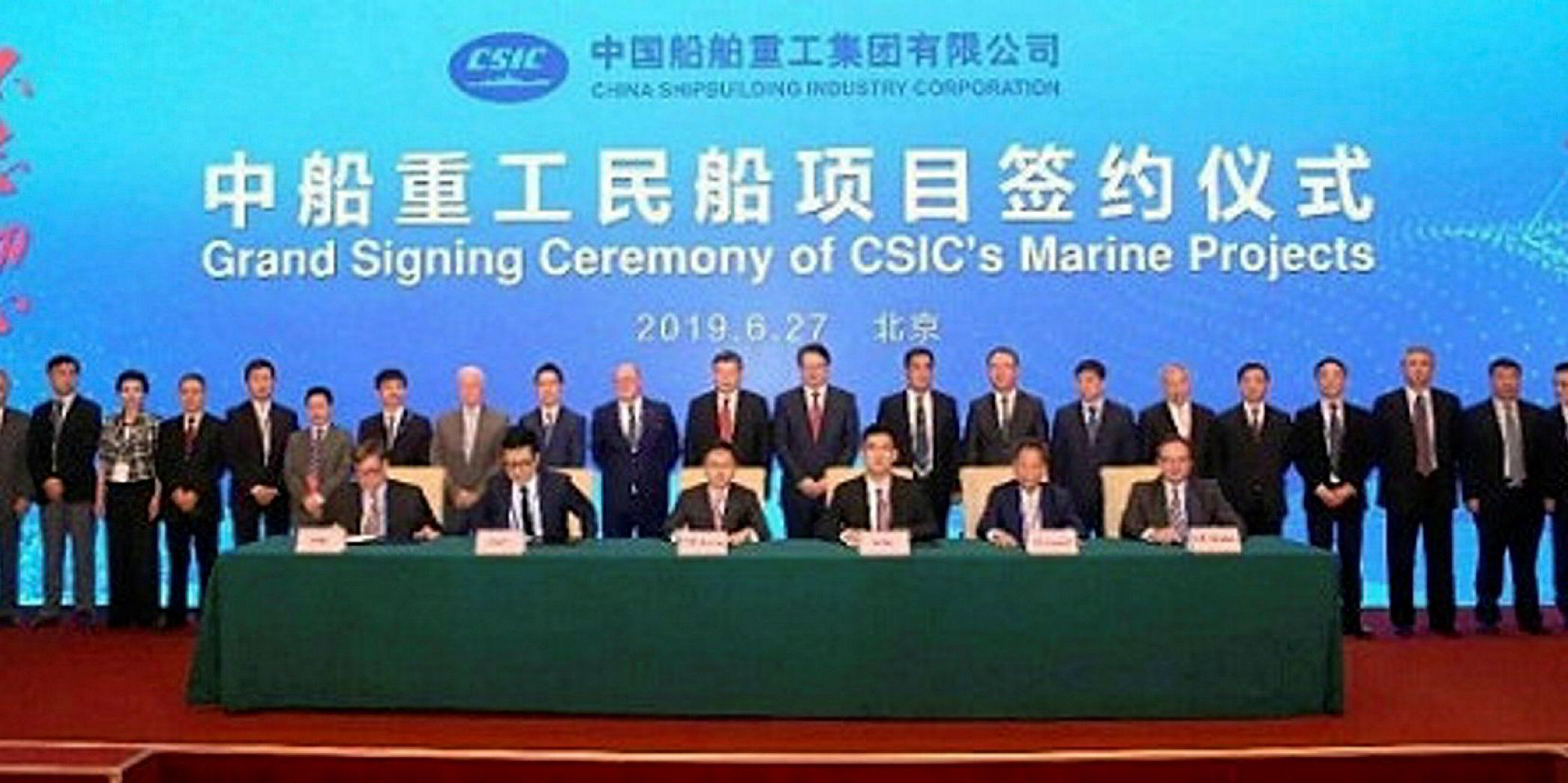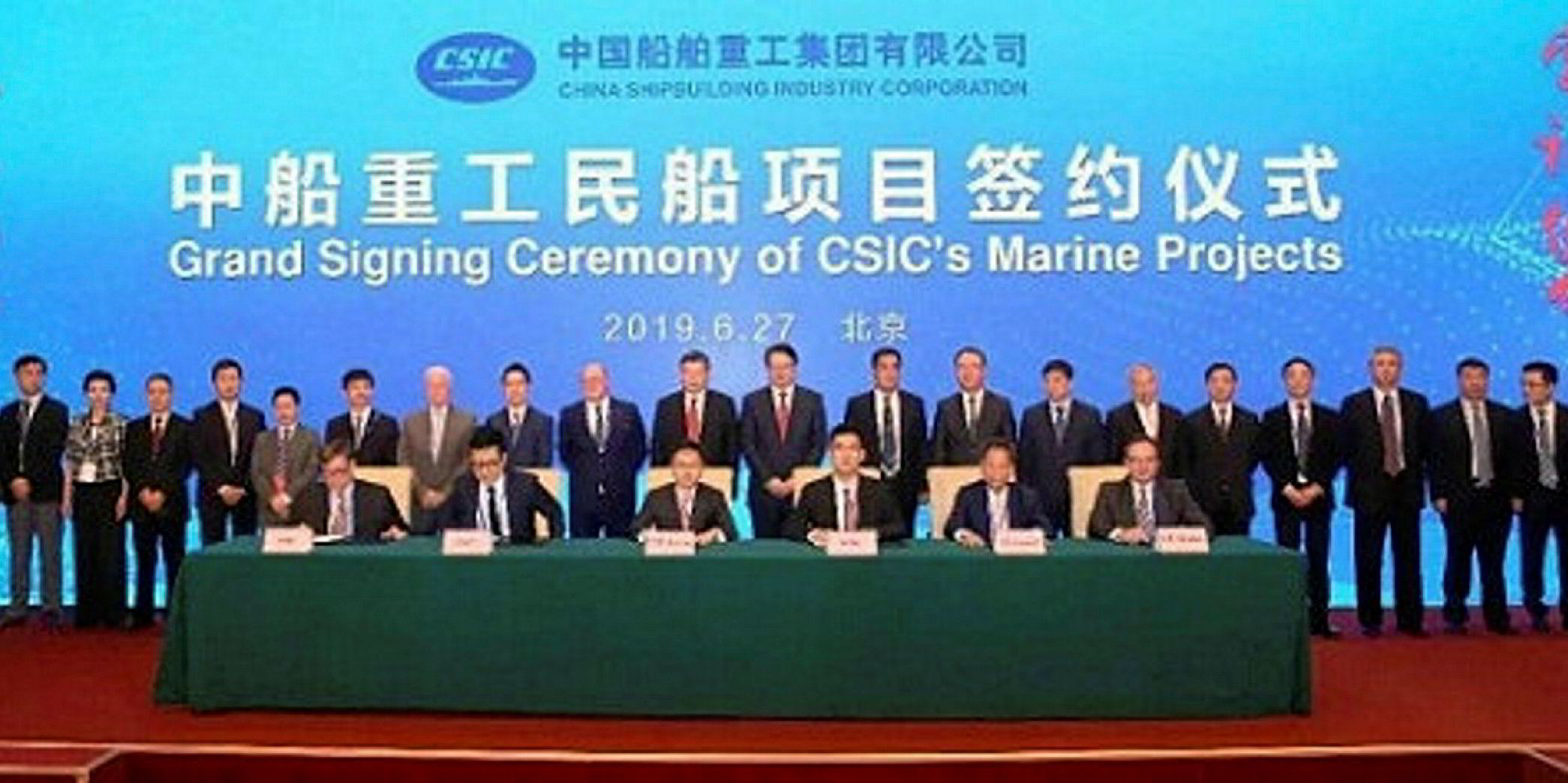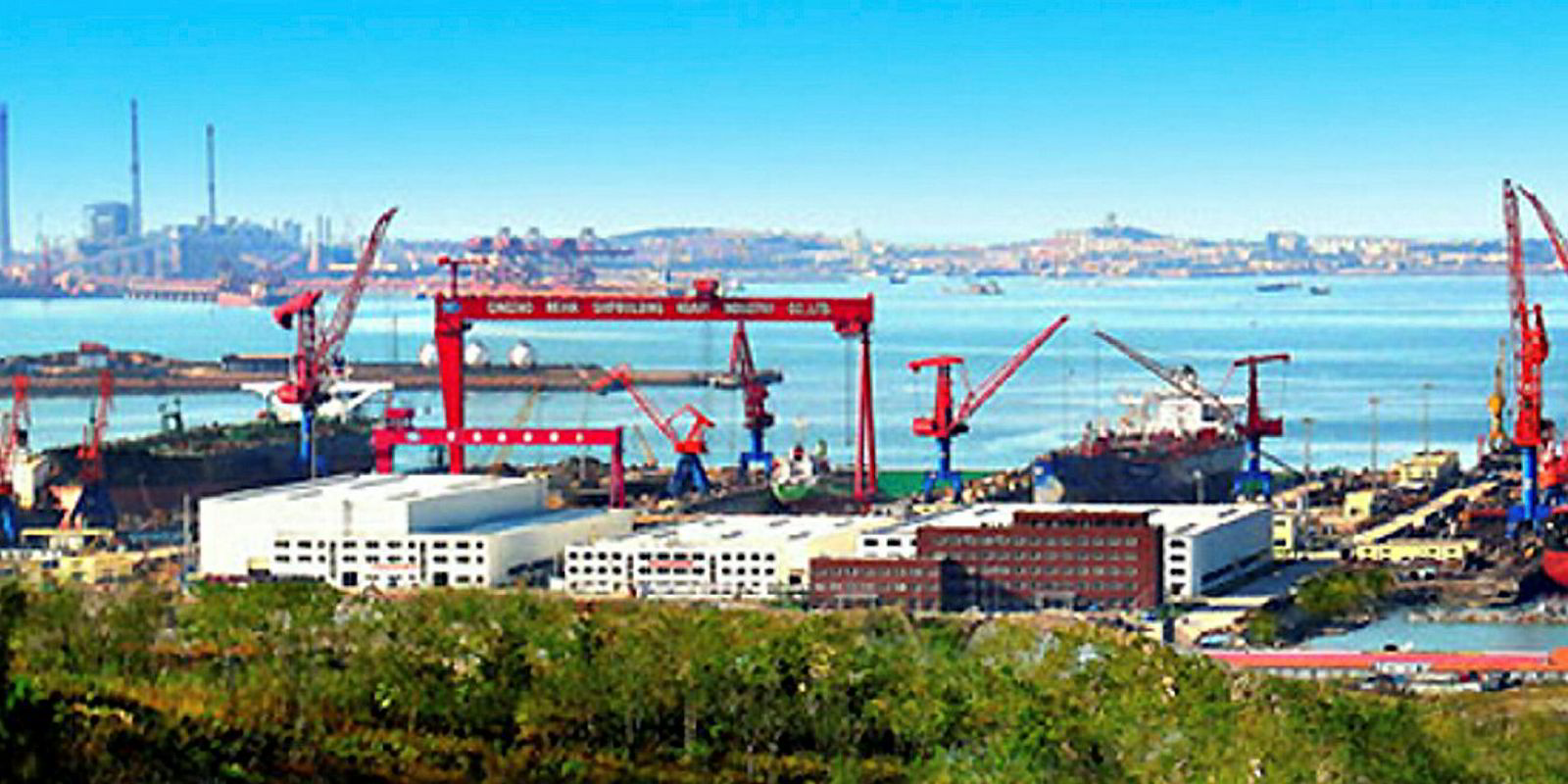A merger of China's two state-owned yard giants will create the world's largest shipbuilder by number of vessels on order, but will not result in major operational changes in the near future, industry players believe.
The deal has already pushed both groups towards aggressive financing deals to strengthen their positions in the coming internal struggle as they integrate under Beijing’s political supervision.
The consolidation of China State Shipbuilding Corp (CSSC) and China Shipbuilding Industry Corp (CSIC), which was officially confirmed this week, is part of Beijing's long-stated strategy to merge state-owned entities within the same sector.
“We think the merger ... may conclude before the year ends,” one shipbuilding source said. “It may even take place before South Korea’s Hyundai Heavy Industries’ merger with DSME.”
The combined entity will account for more than half of China's shipbuilding capacity. With 71 capesizes on its orderbook out of the global total of 205, it will account for one-third of the market, according to VesselsValue.
CSSC — also known as the southern shipbuilding group — controls Hudong-Zhonghua Shipbuilding, Jiangnan Shipyard, Shanghai Waigaoqiao Shipbuilding, Shanghai Shipyard, CSSC Offshore & Marine Engineering (formerly Guangzhou Shipyard International), Chengxi Shipyard and Guangzhou Wenchong Shipyard.
Dalian Shipbuilding Industry Co, Tianjin Xingang Shipbuilding Heavy Industry, Bohai Shipbuilding Heavy Industry, Qingdao Beihai Shipbuilding Heavy Industry, Wuchang Shipbuilding Industry Group and Shanhaiguan Shipbuilding Industry Co all come under the umbrella of CSIC — or the northern shipbuilding group.
Industry power
The merger will forge an industry power with more than 10% of the global orderbook. In 2017, the two separate groups generated revenue of $80bn. Bloomberg said the new super giant will boast more than double the revenue of South Korea’s HHI, DSME and Samsung Heavy Industries — the top three shipbuilders globally by market value.
Some central procurement of materials may occur, and there may be cost savings with shared vessel designs as part of any efficiency drive, but industry observers think most of the yards under both companies will continue to operate as they do at present.
Due to overlaps in the ship types constructed by individual yards, analysts suggested that rationalisation might be on the cards in the longer term.
One observer said there remain “too many shipyards in the group but limited types of vessels to build”.
Consolidation will mean less competition between the yards under their control, and there will be common understanding of the combined group’s goals and directions.
A single group may also standardise salaries of top management, but there will still be different rates for shipyard workers, as labour in southern China is more costly than in the north.
The amalgamation is taking place while a similar process is underway among South Korea's big shipyards. However, the Chinese merger may be easier to deliver.
Similar roots
CSSC and CISC come from similar roots and were only formally separated in 1999, whereas HHI and DSME have evolved as profit-driven commercial rivals.
Although the Chinese merger is expected to leave shipyard operations relatively unchanged, it is already leading the groups to venture further than they had previously dared in ship finance.
CSIC Leasing is working on setting up more newbuilding joint ventures with foreign shipowners to place orders at sister group yards, a company official told TradeWinds.
One such deal with Hong Kong's Wah Kwong Maritime Transport Holdings was completed in time to be made public ahead of this week's bigger announcement.
We think the merger ... may conclude before the year ends. It may even take place before South Korea’s Hyundai Heavy Industries’ merger with DSME
Shipbuilding source
The official declined to comment on other targeted shipowning partners, but indicated that talks are being held with more foreign owners.
Shipowning joint ventures with Chinese state-owned shipping companies are a matter for the future, he said.
The merged HHI-DSME group has a 336-ship orderbook of 40 million gt, with the CSIC-CSSC entity holding an orderbook of 434 vessels of 25.7 million gt, VesselsValue said.
According to Clarksons, ships worth $63.3bn were on order in China at the start of June, including 20 VLCCs and 155 bulkers of capesize or larger.
This gave it the most valuable orderbook globally, ahead of the $54.1bn-worth being built in South Korea and the $24.5bn-worth under construction in Japan.
China is also dominant in tonnage terms, with a 37% share of the orderbook by gt, ahead of South Korea (26%) and Japan (18%).
Clarksons said Chinese yards received orders for 166 vessels of 4.1 million cgt, 52% of the global total.






